Comments about my photos encouraged me to post some more of my recent pre-winter trip.
Many parts of North West England are similar to Scandinavia so it is little wonder that there are many old Norse settlements and words appearing in place names .
On my trip to Cumbria for my Autumn break this week, I visited a small Force, Aira Force. Force being the anglicised spelling of Fors. Force and Spout are local words for waterfalls with a spout being a cascade waterfall where the water runs down stone like steps to the river below.
Aira Force is in the English Lake District near Ullswater and the village of Watermillock. Both names have Norse origins too. The stream which gushes over the fall is called Aira Beck. Beck is another Norse word meaning stream that is also used a lot in the North of England. The waterfall and beck flow into Ullswater, the nearby lake. This name is certainly of Norse origin but the exact etymology is uncertain. Some say it is named after a local chief Ulf or wolf's wasser , which became Ullswater.


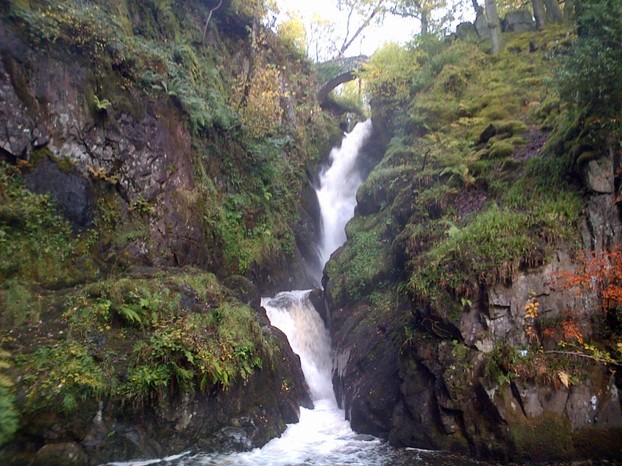
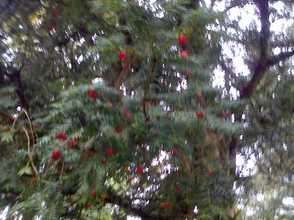
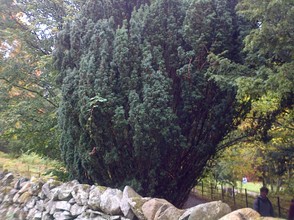
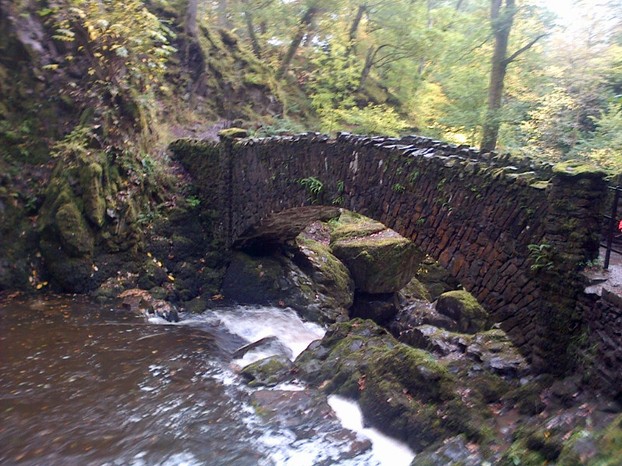
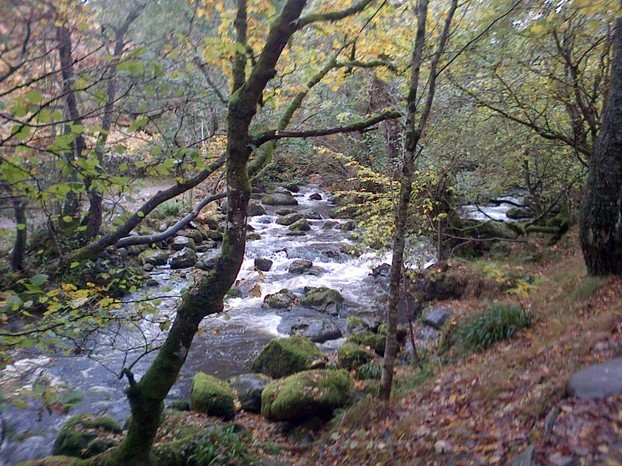
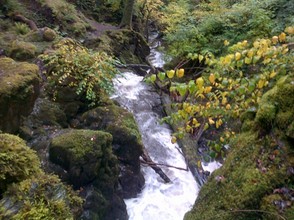
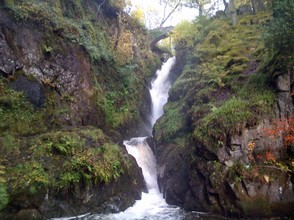
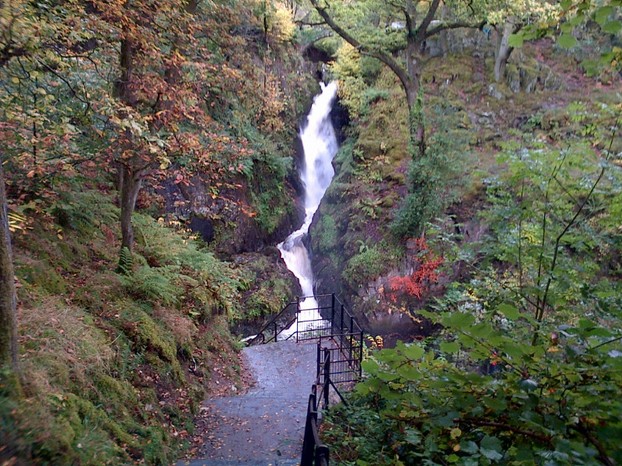
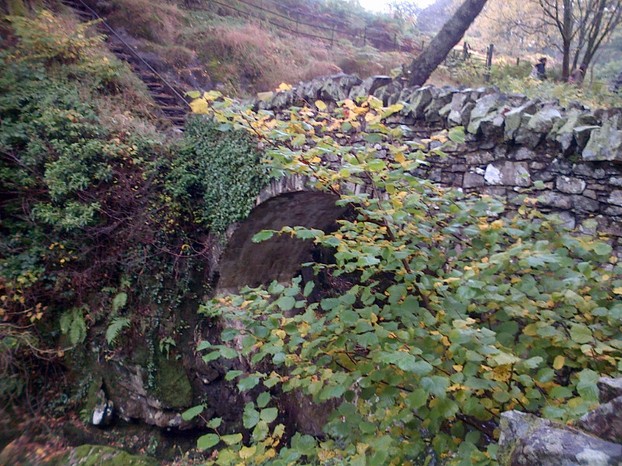
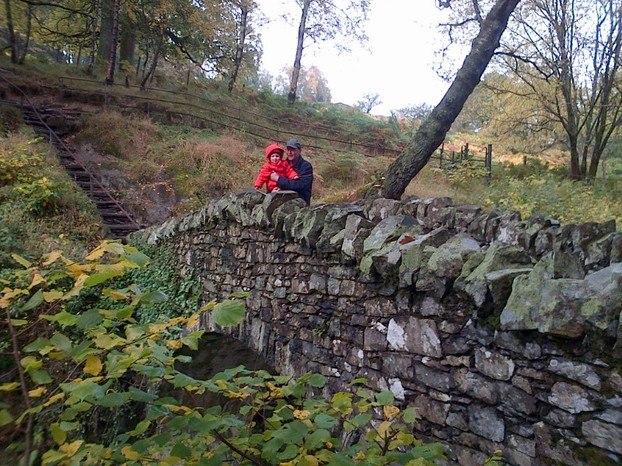
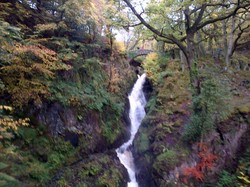

 Blarney Castle and Gardens, County Corkon 06/01/2023
Blarney Castle and Gardens, County Corkon 06/01/2023
 An Cóbh, Corcaigh, Eireon 05/29/2023
An Cóbh, Corcaigh, Eireon 05/29/2023
 Dublin ; The Book of Kellson 04/04/2023
Dublin ; The Book of Kellson 04/04/2023
 The Bee Tree Community CIC;- an online support communityon 08/24/2022
The Bee Tree Community CIC;- an online support communityon 08/24/2022
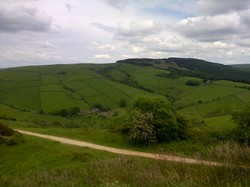

Comments
I doubt it is Gaelic. That area in Cumberland is strongly Norse. Norse people of course settled in Ireland but the area in this part of the English Lakes is definitely Norse.
Thank you for your comment below in answer to my previous question.
Aira looks Gaelic to me even as online sources list it as from the Norse eyrr. Might Aira be a Gaelic or an English attempt at the original Norse pronunciation?
Aira - stony river bank
Thank you for your comment below, on Jul 17, 2017, in answer to my previous, same-day observation and question.
Your answer and your article advise us about Norse aspects. That legacy associates with such words as beck for "stream" and fors for "waterfall."
But what is the etymology of Aira?
The Lake District was inhabited first by Britons, to whom Norwegian settlers were added. There was no significant Anglo-Saxon settlement, so other than the Romans, who left forts but no bridges, bridges have to be either Briton[but there is no evidence of these] or later. Local bridge building would have been influenced by inherited cultural styles, so that's where the Norwegian influence came in, whatever age the bridges are. I suppose that bridges were periodically rebuilt using techniques handed down in the area, so that is where the Norwegian style came in.
Great question .
Aire Force is in the English District which is a National Park and subject to VERY strict building regulations! Even a new bridge would have to blend in to the locality so this makes it difficult to put a date on things. In this particular part of the Lake District, most place names and old buildings date back hundreds of years to old Norse settlements.
Veronica, How old is the stone bridge over Aira Beck? Are all the stone bridges in the Lake District thought to be Norwegian in inspiration and the same in age?
TY Sam.
I think it's easy to see why The Norse settlers decided to settle here. As you ay it is beautiful. I love the word Fors for a waterfall. It signifies the water very well.
Ah thank you and yes. It is very beautiful but also easily accessible to most walkers. Our grandson walked up to the top.
The air is so clean and crisp. I love going especially in Autumn.
Beautiful country and beautiful pictures also. It looks like a wonderful trip.